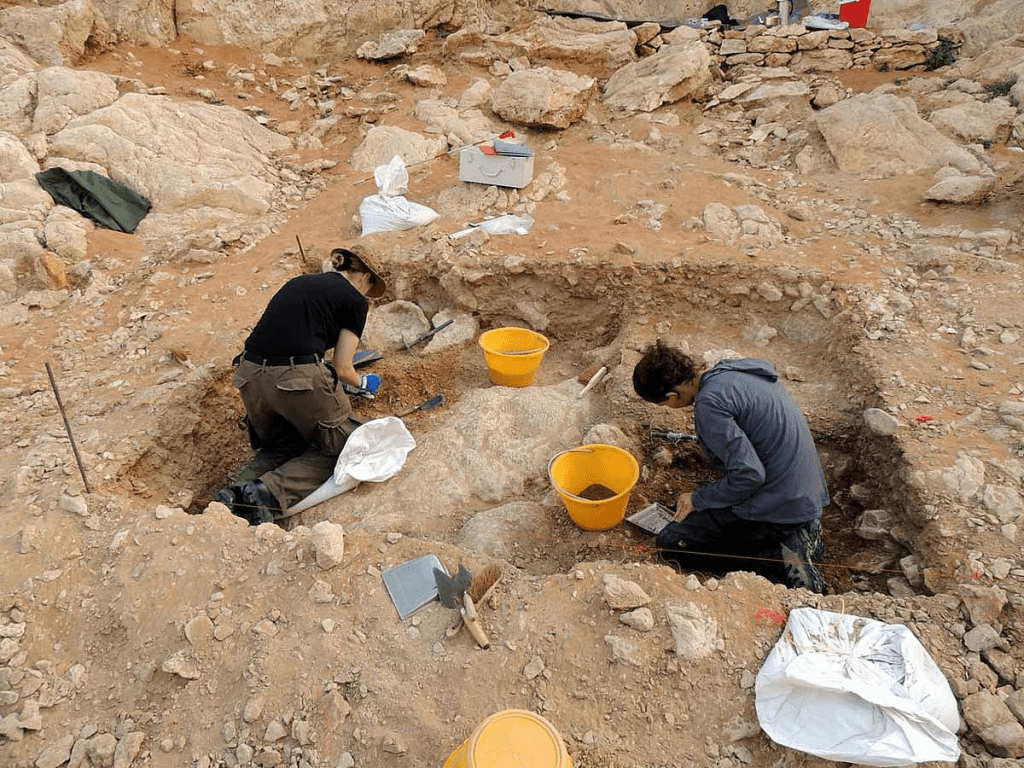Al Faya, a prehistoric site in the heart of Sharjah’s desert, has recently gained major global recognition. It was officially added to UNESCO’s World Heritage List under the Cultural Heritage Sites category, making it the UAE’s second site ever to make the cut, after Al Ain in 2011.
Why It Matters
Al Faya holds one of the world’s longest records of continuous human life in a desert environment, dating back over 200,000 years. It shows how humans adapted and survived under extreme conditions, making it a living time capsule of evolution and resilience.

More Than a Migration Path
Excavations over the past 30 years revealed 18 layers of human life and tools, suggesting that people may have settled there rather than just passing through. This challenges the idea that the Arabian Peninsula was only a corridor out of Africa — Al Faya could have been home.

A Win for the Arab World
Al Faya was the only Arab site nominated this year in the Cultural Landscape category, making the inscription a proud moment not just for the UAE and Sharjah but for the region as a whole.

From ancient survival to modern recognition, Al Faya proves that even the harshest landscapes hold stories worth telling — and preserving. A timeless desert, now on the world stage.
WE ALSO SAID: Don’t Miss…Timeless Treasures: UNESCO Heritage Sites in MENA to Visit in 2025



